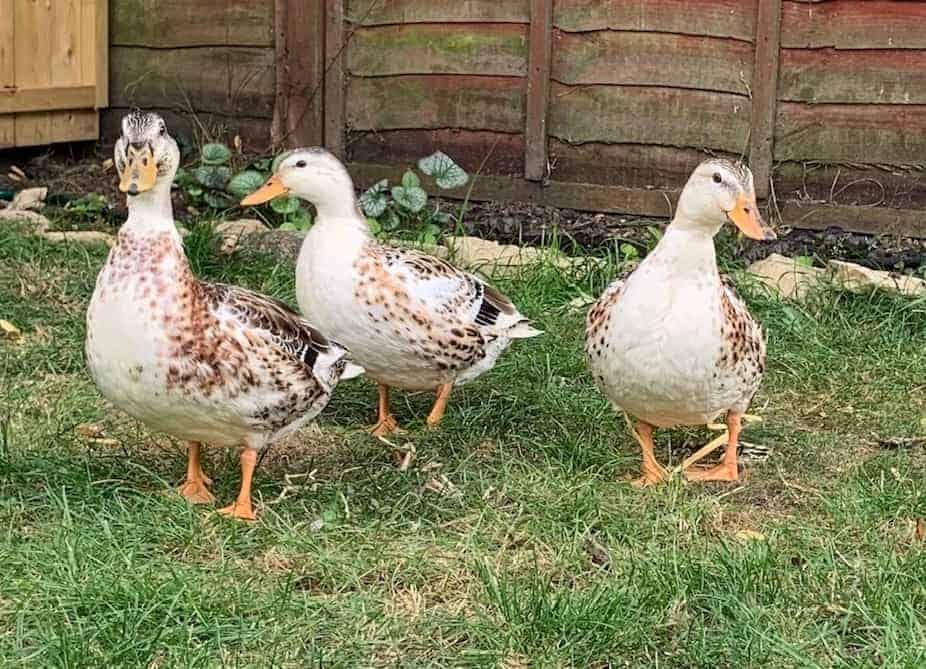Silver Bantam

Scientific Name
Anas platyrhynchos domesticus
Alternative Names
Miniature Silver Appleyard (original name), Silver Bantam
Measurements
| Feature | Male (Drake) | Female (Duck) |
|---|---|---|
| Weight | 0.9 kg (2.0 lb) | 0.8 kg (1.8 lb) |
| Ring Size | 12 mm | 12 mm |
| Eggs per Year | 60–160 | 60–160 |
History
The Silver Bantam was developed in Suffolk, England, in the late 1940s by Reginald Appleyard. He originally called it the “Miniature Silver Appleyard” and bred it by crossing Khaki Campbells with White Calls. It was created to be a beautiful and friendly small duck. The breed received little attention until it was officially standardized in 1997 under the name “Silver Bantam.” In the 1950s and 1960s, a few rare females were hatched with yellow wing bars, but this color variation disappeared over time.
Identification
Silver Bantam ducks are small with tight, glossy feathers. Females have a buff-colored hood on their head, while males develop a shiny green hood during the breeding season, similar to a Mallard drake. In eclipse plumage, males have a darker hood that hides their breeding colors. They are calm, manageable, and not very noisy.
Voice
They are relatively quiet compared to other duck breeds. Ducks quack softly, and drakes make a low, raspy sound.
Diet
They eat a mix of grains, insects, plants, and foraged greens. They enjoy grazing in gardens and small ponds.
Distribution
This breed was developed in the United Kingdom and is mainly found there. Small populations exist in Europe and with specialist breeders.
Habitat
They do well in gardens, small farms, or backyard ponds. They require clean water, secure housing, and safe fencing due to their small size.
Breeding
Females lay 60 to 160 small eggs each year and are known to sit well and care for their ducklings. Ducklings hatch with yellow down tipped with a smoky grey color.
Wintering
They are hardy but benefit from shelter during cold or wet weather due to their small size and light body weight.
Conservation
The Silver Bantam is considered rare. The FAO listed it as “Critical” in 2007, and the Rare Breeds Survival Trust (RBST) currently classifies it as a priority breed. In 2002, only 50–100 birds were estimated to exist. Dedicated breeders are needed to preserve the population.
